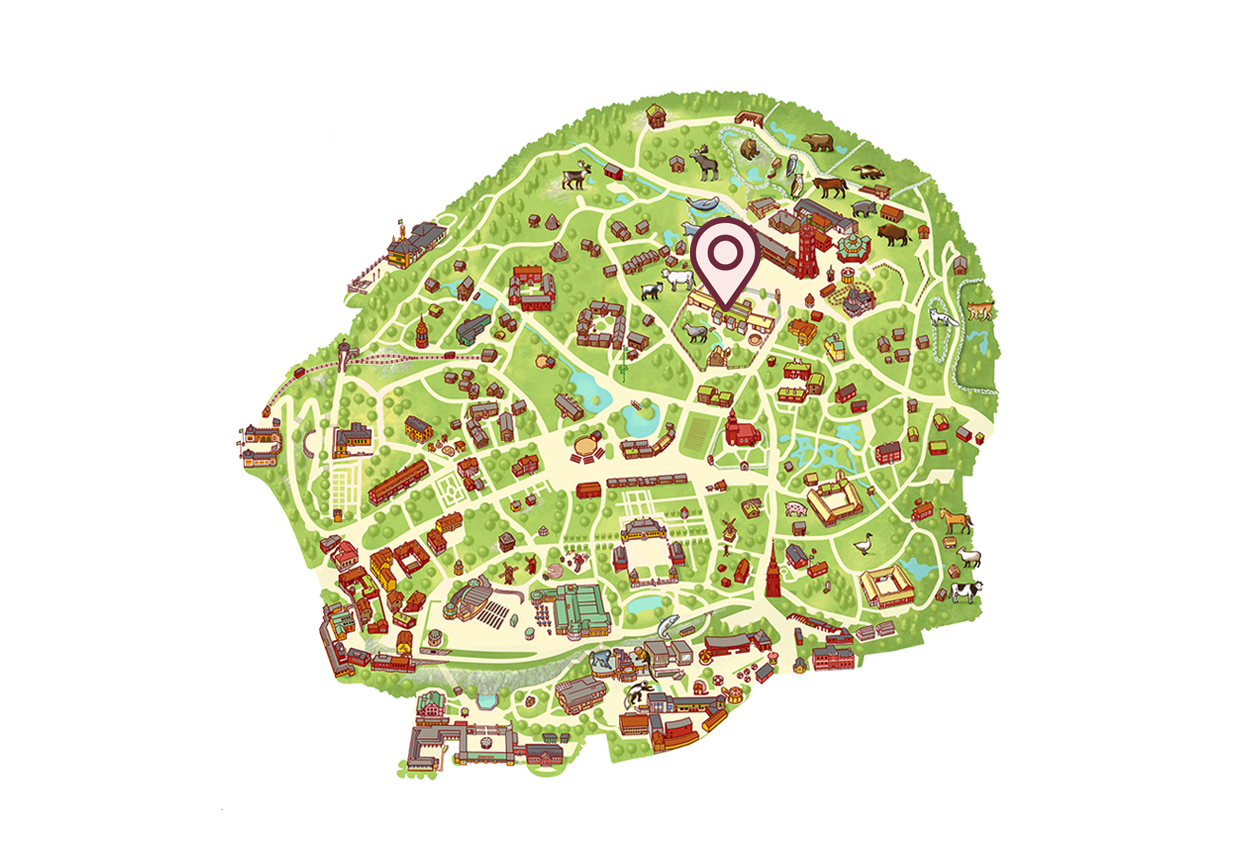Eurasian harvest mouse
The Eurasian harvest mouse is the smallest rodent species in Europe, and one of the smallest in the world. Its tail is much longer than its body, and the mouse can use it as a fifth leg when climbing.
You can find the Eurasian harvest mouse here
